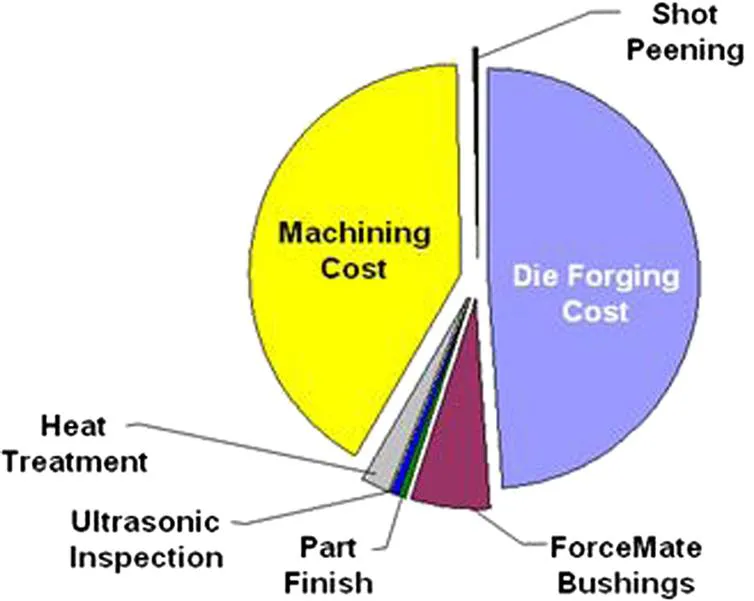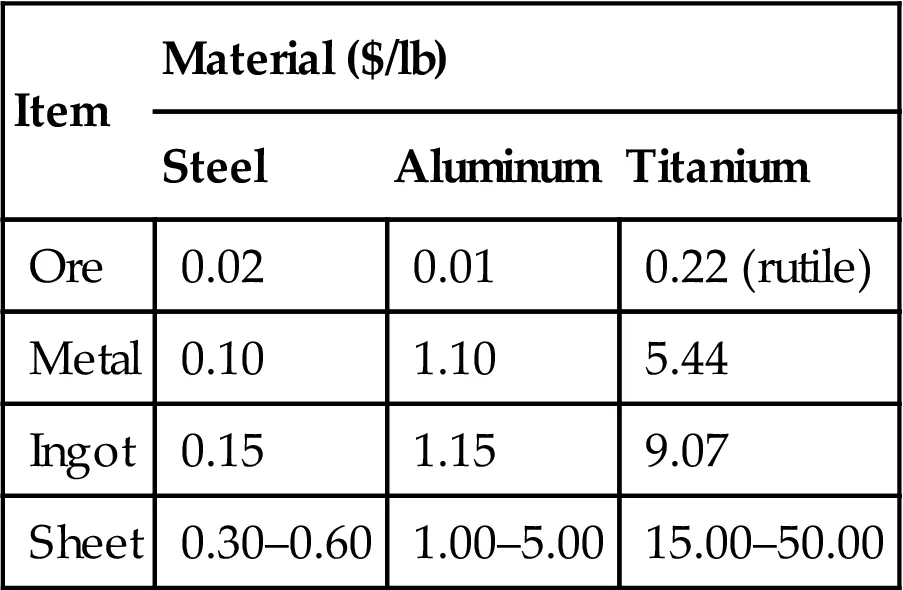
Additive Manufacturing of Titanium Alloys
State of the Art, Challenges and Opportunities
Bhaskar Dutta, Francis Froes
- 94 pages
- English
- ePUB (mobile friendly)
- Available on iOS & Android
Additive Manufacturing of Titanium Alloys
State of the Art, Challenges and Opportunities
Bhaskar Dutta, Francis Froes
About This Book
Additive Manufacturing of Titanium Alloys: State of the Art, Challenges and Opportunities provides alternative methods to the conventional approach for the fabrication of the majority of titanium components produced via the cast and wrought technique, a process which involves a considerable amount of expensive machining.
In contrast, the Additive Manufacturing (AM) approach allows very close to final part configuration to be directly fabricated minimizing machining cost, while achieving mechanical properties at least at cast and wrought levels. In addition, the book offers the benefit of significant savings through better material utilization for parts with high buy-to-fly ratios (ratio of initial stock mass to final part mass before and after manufacturing).
As titanium additive manufacturing has attracted considerable attention from both academicians and technologists, and has already led to many applications in aerospace and terrestrial systems, as well as in the medical industry, this book explores the unique shape making capabilities and attractive mechanical properties which make titanium an ideal material for the additive manufacturing industry.
- Includes coverage of the fundamentals of microstructural evolution in titanium alloys
- Introduces readers to the various Additive Manufacturing Technologies, such as Powder Bed Fusion (PBF) and Directed Energy Deposition (DED)
- Looks at the future of Titanium Additive Manufacturing
- Provides a complete review of the science, technology, and applications of Titanium Additive Manufacturing (AM)
Frequently asked questions
Information
The Additive Manufacturing of Titanium Alloys
Abstract
Keywords
Abbreviations and Glossary
1.1 Introduction
1.1.1 Titanium Alloys and Their Importance




| Item | Material ($/lb) | ||
| Steel | Aluminum | Titanium | |
| Ore | 0.02 | 0.01 | 0.22 (rutile) |
| Metal | 0.10 | 1.10 | 5.44 |
| Ingot | 0.15 | 1.15 | 9.07 |
| Sheet | 0.30–0.60 | 1.00–5.00 | 15.00–50.00 |
| Structural Metals | Consumption/Year (103 Metric Tons) |
| Ti | 50 |
| Steel | 700,000 |
| Stainless steel | 13,000 |
| Al | 25,000 |
1.1.2 Challenges to Expanding the Scope of Titanium Alloys



